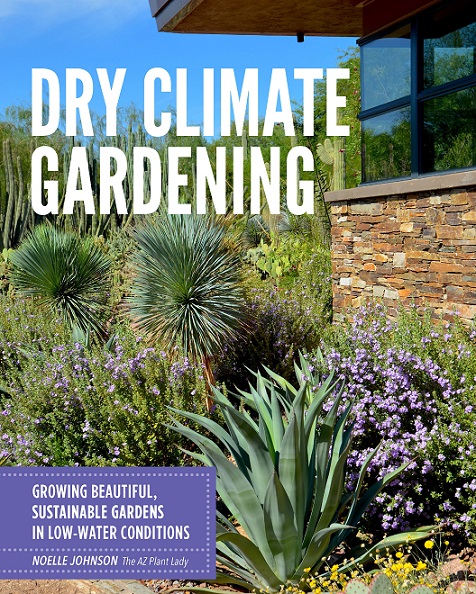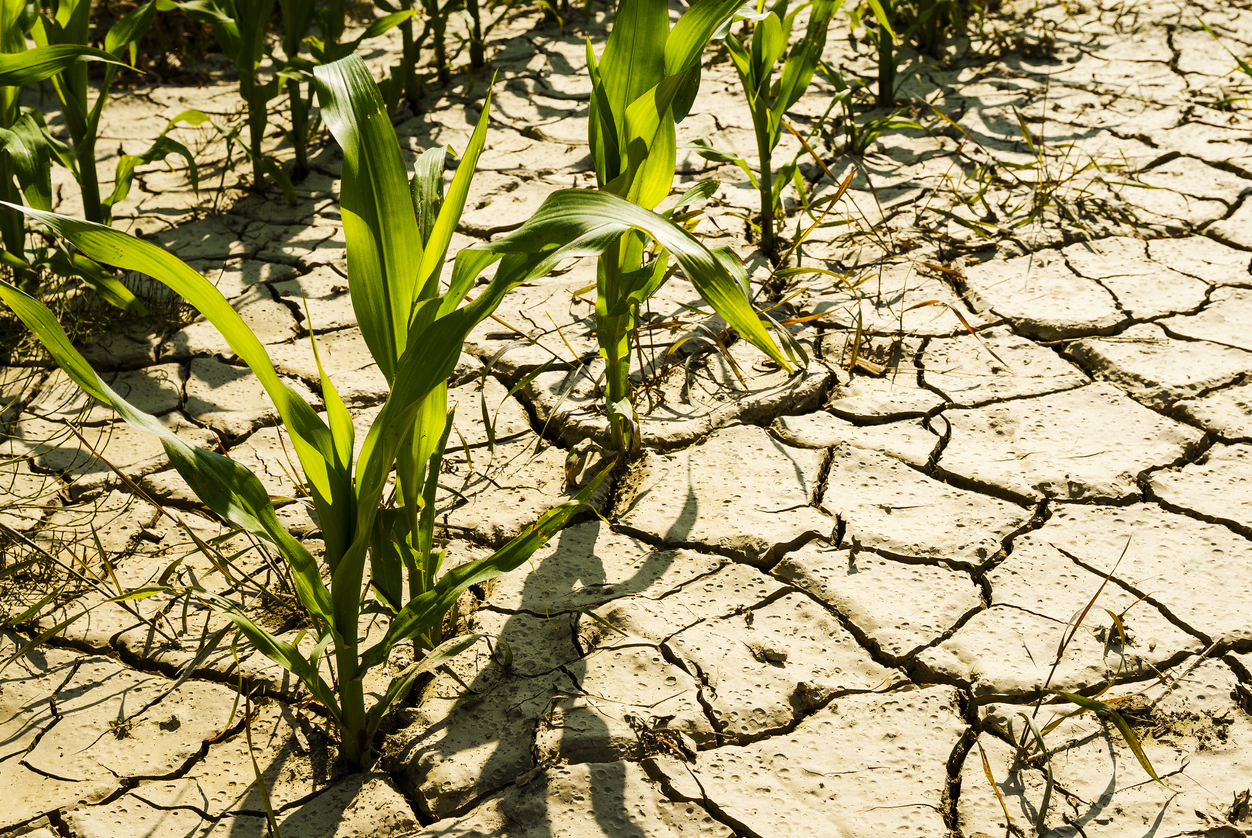Master Water-Wise Gardening: Thrive in Dry Climates

Imagine stepping into a lush, vibrant garden that thrives even in the harshest, driest climates. Picture the serenity of a desert oasis, where every plant is a testament to resilience and sustainability. Welcome to the world of water-wise gardening, where beauty and conservation go hand in hand. If you're ready to transform your outdoor space into a haven of drought-resistant flora, then you're in the right place. Let's dive into the essential water-wise gardening tips for dry climates that will help you create a sustainable paradise.
Understanding Water-Wise Gardening
Water-wise gardening, also known as xeriscaping, is a landscaping method that focuses on conserving water and creating sustainable gardens. This approach is particularly crucial in dry climates, where water is a precious resource. By selecting drought-resistant plants, implementing efficient irrigation systems, and adopting sustainable gardening practices, you can create a thriving garden that requires minimal water.
The Benefits of Water-Wise Gardening
Why should you consider water-wise gardening? The benefits are numerous:
- Conserves Water: Reduces water usage, which is essential in drought-prone areas.
- Saves Money: Lower water bills and reduced maintenance costs.
- Environmentally Friendly: Supports local ecosystems and promotes biodiversity.
- Aesthetically Pleasing: Creates a unique and beautiful landscape that stands out.
Selecting Drought-Resistant Plants
The cornerstone of water-wise gardening is choosing the right plants. Drought-resistant plants are those that can thrive with minimal water, making them ideal for dry climates. Here are some tips for selecting the perfect plants for your garden:
Native Plants
Native plants are adapted to the local climate and soil conditions, making them a natural choice for water-wise gardening. They require less water and are more resilient to drought. For example, in the Southwest, plants like agave, yucca, and desert willow are excellent choices.
Succulents and Cacti
Succulents and cacti are renowned for their ability to store water in their leaves and stems. They come in a variety of shapes, sizes, and colors, adding a unique touch to your garden. Consider plants like aloe vera, sedum, and prickly pear cactus.
Drought-Tolerant Trees and Shrubs
Trees and shrubs can provide shade and structure to your garden while requiring minimal water. Options include mesquite trees, creosote bushes, and desert mallow. These plants not only add beauty but also provide habitat for local wildlife.
Efficient Irrigation Systems
Efficient irrigation is key to maintaining a water-wise garden. Traditional sprinkler systems can waste a lot of water through evaporation and runoff. Instead, consider these water-saving alternatives:
Drip Irrigation
Drip irrigation systems deliver water directly to the roots of plants, minimizing waste. They are easy to install and can be customized to meet the specific needs of your garden. This method ensures that your plants get the water they need without excess.
Rainwater Harvesting
Collecting and using rainwater is a sustainable way to irrigate your garden. Rain barrels and cisterns can capture water from your roof, which can then be used to water your plants. This not only conserves water but also reduces runoff and erosion.
Mulching
Mulch acts as a protective layer around your plants, retaining moisture and suppressing weeds. Organic mulches, like wood chips or straw, also improve soil health as they decompose. This simple practice can significantly reduce your watering needs.
Designing a Water-Wise Garden
Creating a water-wise garden involves more than just plant selection and irrigation. The design of your garden plays a crucial role in its success. Here are some design tips to consider:
Grouping Plants by Water Needs
Group plants with similar water requirements together. This practice, known as hydrozoning, ensures that each plant gets the right amount of water without overwatering or underwatering. For example, place succulents and cacti in one area, while grouping native shrubs and trees in another.
Shade and Wind Protection
Providing shade and protection from wind can help reduce water loss. Trees and tall shrubs can create natural shade, while windbreaks can be created using fences or hedges. This not only benefits your plants but also creates a more comfortable outdoor space for you to enjoy.
Hardscaping
Incorporating hardscaping elements like patios, walkways, and rock gardens can reduce the amount of water-intensive lawn area. These features add visual interest and functionality to your garden while conserving water.
Sustainable Gardening Practices
Sustainable gardening goes beyond water conservation. It involves practices that promote the health of your garden and the environment. Here are some tips to help you garden sustainably:
Composting
Composting turns organic waste into nutrient-rich soil amendment. This improves soil health, reduces the need for chemical fertilizers, and conserves water by improving soil moisture retention.
Integrated Pest Management
Integrated Pest Management (IPM) is a holistic approach to pest control that focuses on prevention and natural methods. By using beneficial insects, companion planting, and organic pesticides, you can maintain a healthy garden without harming the environment.
Soil Health
Healthy soil is the foundation of a thriving garden. Regularly test your soil and amend it with organic matter to improve its structure and fertility. This will help your plants grow stronger and more resilient to drought.
Desert Landscaping Inspiration

Drawing inspiration from desert landscapes can help you create a stunning water-wise garden. Desert landscaping emphasizes the use of drought-resistant plants, natural materials, and minimal water features. Here are some ideas to get you started:
Rock Gardens
Rock gardens use stones and boulders to create a natural, desert-like landscape. They require minimal water and can be combined with drought-resistant plants for a striking effect.
Dry River Beds
Dry river beds mimic the natural flow of water through a landscape. They can be filled with gravel and lined with drought-resistant plants, creating a visually appealing and water-efficient feature.
Cactus Gardens
A cactus garden is a celebration of the desert's most iconic plants. Mix and match different species of cacti to create a unique and low-maintenance garden.
Embracing Xeriscaping
Xeriscaping is the art of creating beautiful landscapes that require minimal water. By embracing xeriscaping principles, you can create a garden that is both sustainable and aesthetically pleasing. Here are some key principles of xeriscaping:
Planning and Design
Start with a well-thought-out plan that considers your garden's microclimates, soil conditions, and water needs. This will help you create a cohesive and efficient landscape.
Soil Improvement
Improve your soil with organic matter to enhance its water-holding capacity and fertility. This will help your plants thrive with less water.
Practical Turf Areas
Limit turf areas to practical spaces, like play areas or pet zones. Choose drought-resistant grass varieties and maintain them with efficient irrigation.
Appropriate Plant Selection
Select plants that are well-suited to your climate and soil conditions. Drought-resistant plants will require less water and be more resilient to dry conditions.
Efficient Irrigation
Use efficient irrigation methods, like drip irrigation and rainwater harvesting, to conserve water and ensure your plants get the moisture they need.
Mulching
Apply a layer of organic mulch around your plants to retain moisture, suppress weeds, and improve soil health.
Maintenance
Regularly maintain your garden by pruning, weeding, and monitoring for pests and diseases. This will help keep your garden healthy and water-efficient.
Conclusion
Mastering water-wise gardening in dry climates is a journey that rewards you with a beautiful, sustainable garden. By selecting drought-resistant plants, implementing efficient irrigation systems, and adopting sustainable gardening practices, you can create a thriving oasis that conserves water and supports the environment.

Embrace the challenge and reap the benefits of a water-wise garden. Your outdoor space will not only be a haven for you but also a sanctuary for local wildlife. So, are you ready to transform your garden into a water-wise paradise? Click here to learn more about water-wise gardening tips for dry climates and start your journey today!
FAQs
What are the best plants for a water-wise garden in a dry climate?
- The best plants for a water-wise garden in a dry climate include native plants, succulents, cacti, and drought-tolerant trees and shrubs. Examples include agave, yucca, desert willow, mesquite trees, and creosote bushes.
How can I conserve water in my garden?
- You can conserve water in your garden by using efficient irrigation systems like drip irrigation, harvesting rainwater, mulching, and selecting drought-resistant plants. Grouping plants by water needs and improving soil health also help conserve water.
What is xeriscaping, and how does it differ from traditional landscaping?
- Xeriscaping is a landscaping method that focuses on conserving water and creating sustainable gardens. It differs from traditional landscaping by emphasizing the use of drought-resistant plants, efficient irrigation, and sustainable practices. Traditional landscaping often relies on water-intensive lawns and plants.
How can I design a water-wise garden?
- Designing a water-wise garden involves planning and grouping plants by water needs, providing shade and wind protection, incorporating hardscaping elements, and using natural materials. Consider the microclimates and soil conditions of your garden when designing.
What are the benefits of sustainable gardening practices?
- Sustainable gardening practices benefit the environment by conserving water, reducing the need for chemical fertilizers, and promoting biodiversity. They also improve soil health, save money on water and maintenance costs, and create a beautiful, resilient garden.
0 Response to "Master Water-Wise Gardening: Thrive in Dry Climates"
Post a Comment